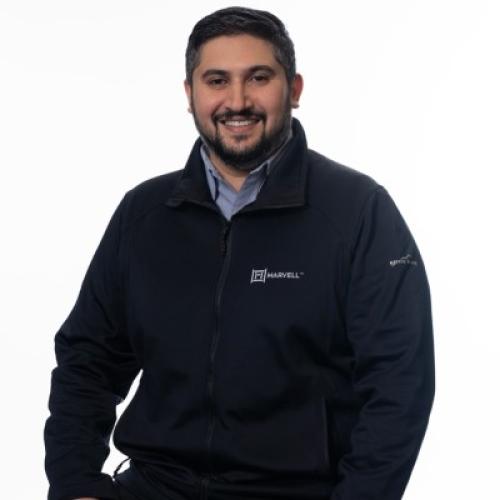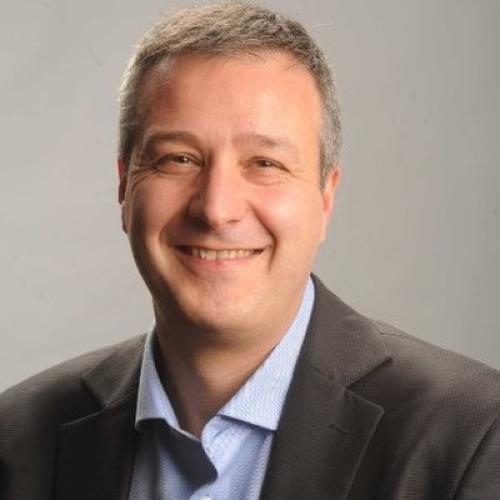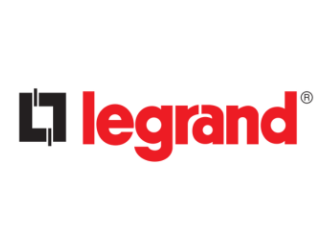Disruptions in the agri-food supply chain, from climate shocks to shipping delays, can lead to major financial and reputational consequences. This session explores how insurance and contractual tools can be used strategically to manage these risks, safeguard ingredient supply, and protect business continuity.
- Understand how insurance and contractual strategies can be used together to manage ingredient supply risks, and what internal visibility is required to make them effective.
- Learn how supply chain resilience is evaluated by insurers, and how to align risk coverage with actual exposure to avoid costly gaps or unnecessary spend.




